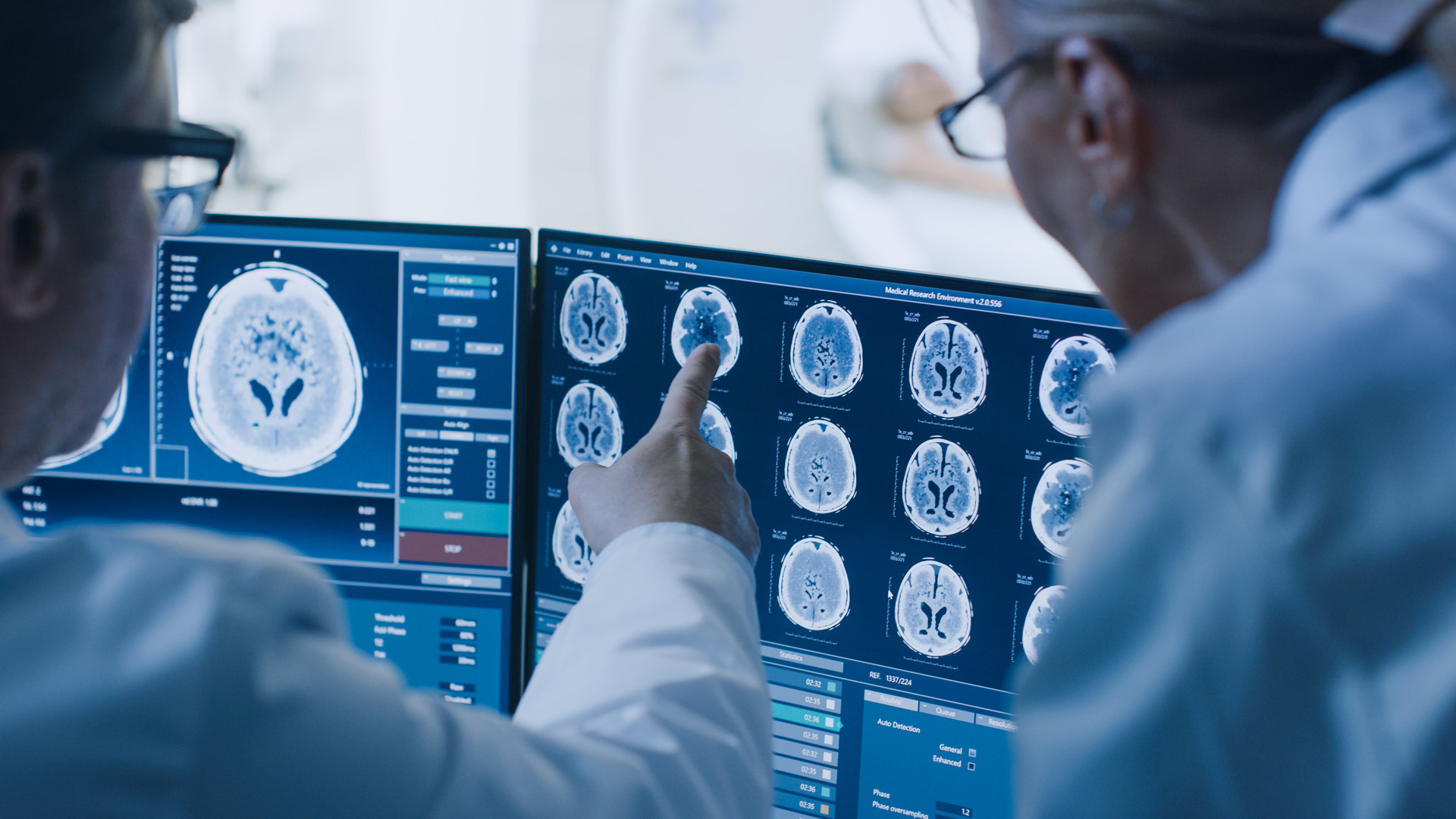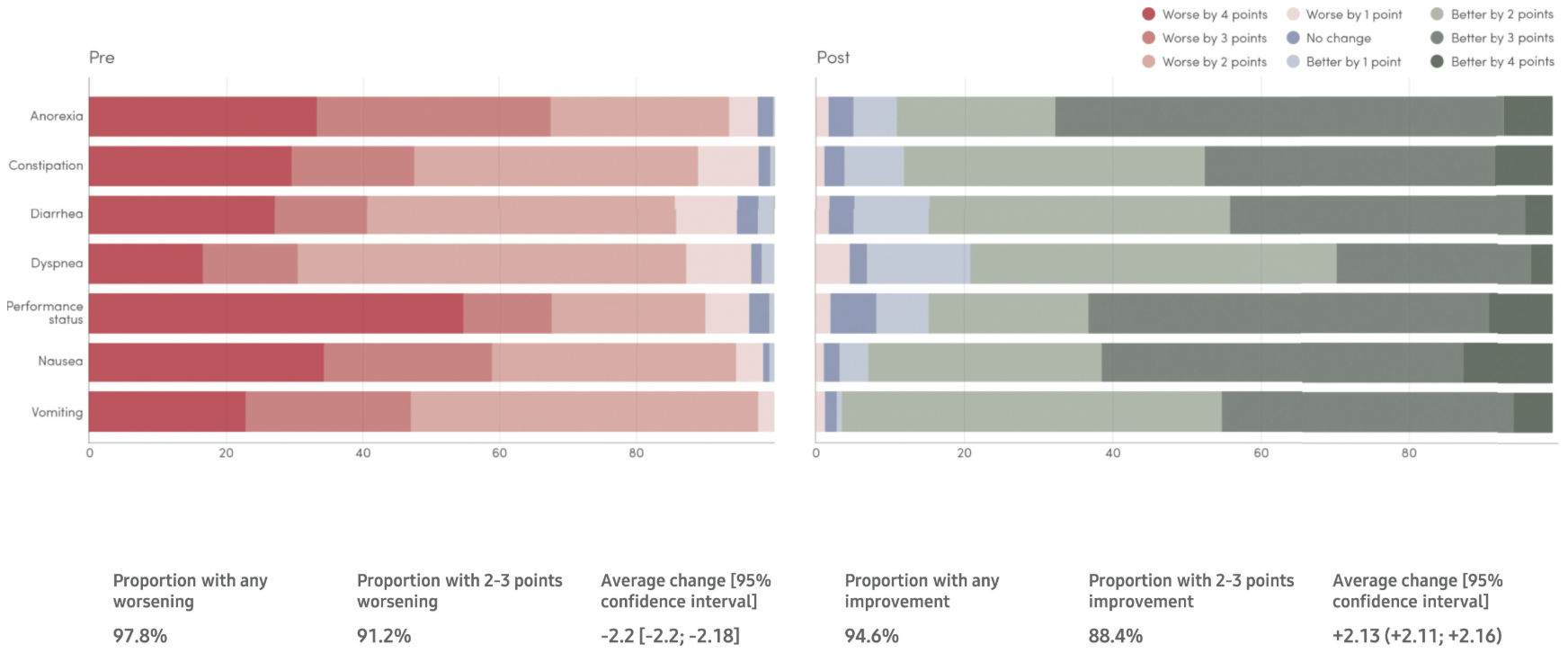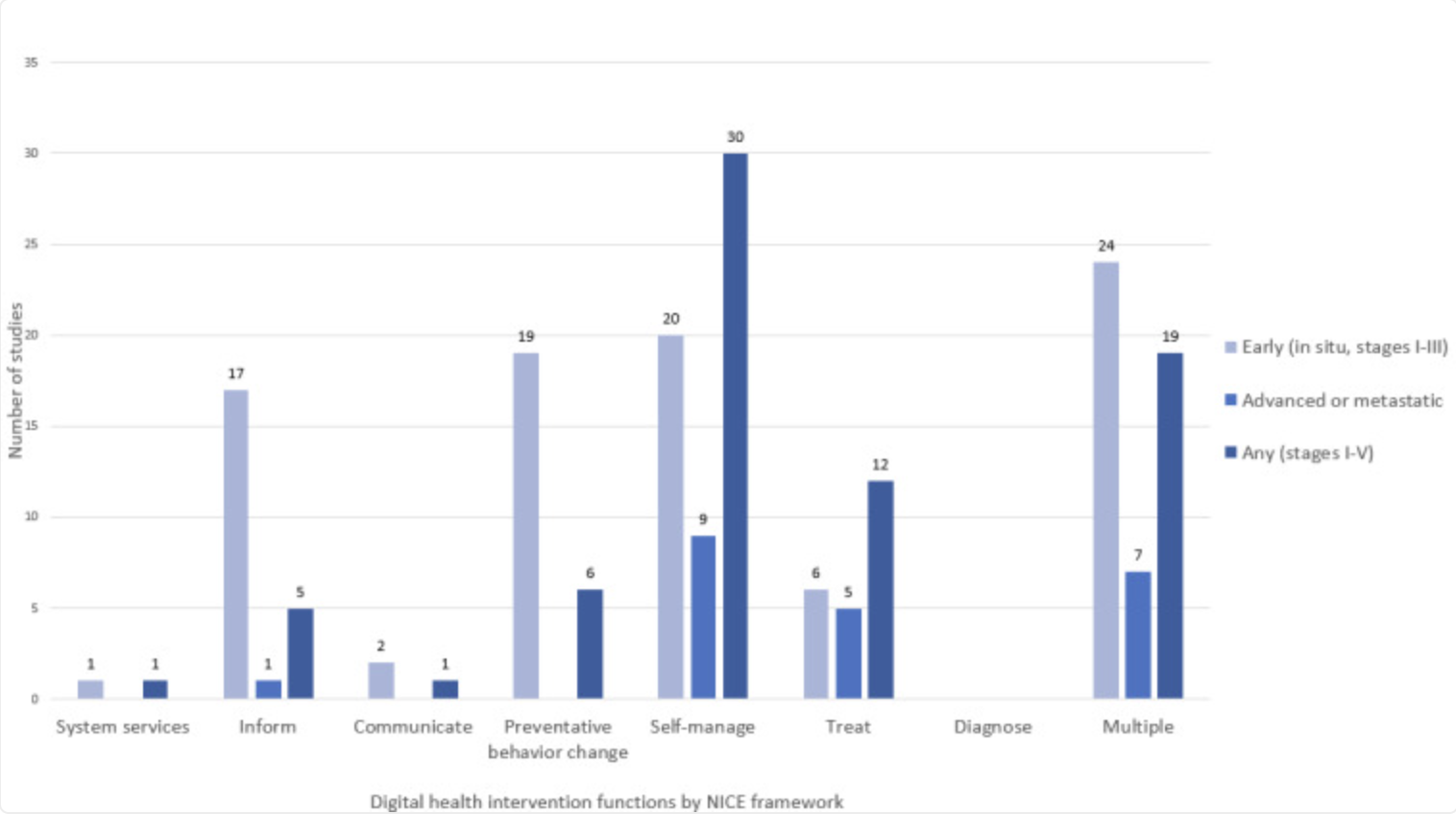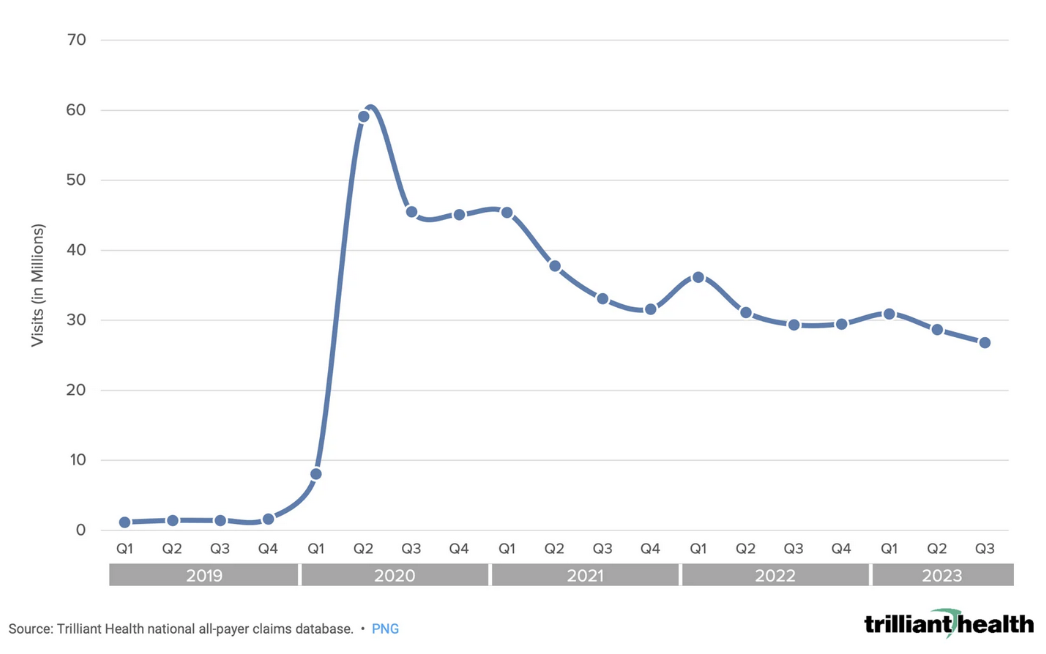
 Patient-reported symptom grades (PRO CTCAE) before and after digital alert interventions.
Source: The Lancet
Patient-reported symptom grades (PRO CTCAE) before and after digital alert interventions.
Source: The Lancet
 Digital health intervention functions by cancer care phase. Based on NICE framework categories.
Source: PubMed Central
Some of the biggest shifts are happening in four areas: remote monitoring, telemedicine, advanced diagnostics, and data-powered clinical support. Oncology may have lagged behind other fields in going digital, but the upside here is enormous, especially given how fast costs and complexity are rising.
Digital health intervention functions by cancer care phase. Based on NICE framework categories.
Source: PubMed Central
Some of the biggest shifts are happening in four areas: remote monitoring, telemedicine, advanced diagnostics, and data-powered clinical support. Oncology may have lagged behind other fields in going digital, but the upside here is enormous, especially given how fast costs and complexity are rising.
 Quarterly telehealth visit volume Q1 2019 – Q3 2023.
Source: Trilliant Health
Quarterly telehealth visit volume Q1 2019 – Q3 2023.
Source: Trilliant Health




We use cookies to enhance your browsing experience, serve personalized ads or content, and analyze our traffic. By clicking "Accept All", you consent to our use of cookies.